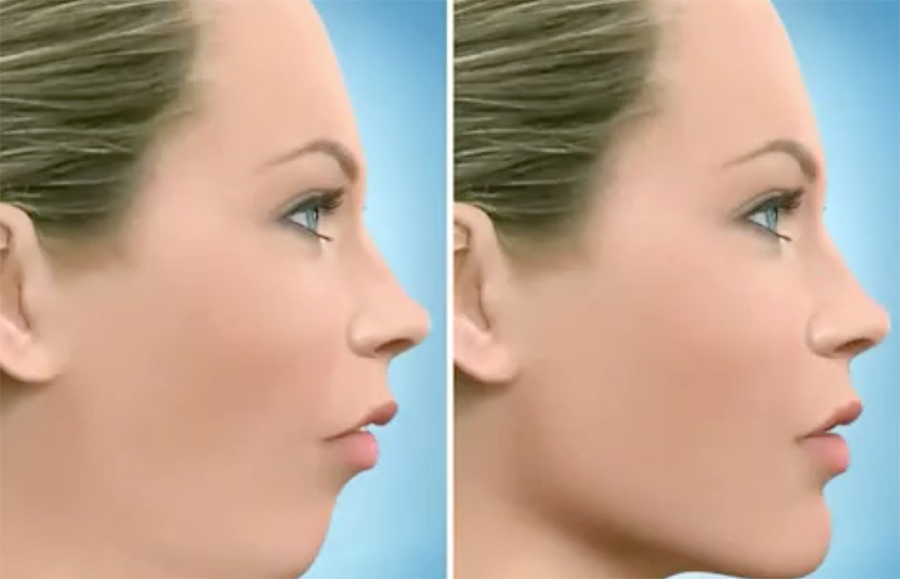A mandibular osteotomy corrects a severely receded lower jaw. During the procedure, the surgeon moves the lower jawbone forward or backward, depending on the patient’s bite alignment.
Dental occlusion abnormalities have short, medium and long term consequences that should be known as these sometimes justify the surgical intervention. Dental alignment abnormalities can lead to:
- Significant risk of teeth loss.
- Issues in the jaw joints (temporomandibular) with pain, crunches, clicks or muscle contractions.
- Discomfort while eating or speaking.
- A significant aesthetic defect.
- Difficulty or even impossibility of fitting a prosthesis (dentures).
Generally, the osteotomy is associated with an orthodontic treatment carried out before and continued after the intervention (generally 3 to 6 months) in agreement with the orthodontist.
There are several types of mandibular surgery:
- Mandibular advancement or retraction aim to correct a dental occlusion.
- Mandibular derotation aims to align the midlines of the incisors.
Mandibular osteotomy can be done simultaneously with a chin surgery or a maxillary osteotomy.

Hospitalization
One night
Anesthesia
General
Duration
1 to 2 hours
Pain
Mild pain. Temporary anesthesia of the lip and the chin.
Edema and bruising
5 to 10 days
Result
Significant improvement visible at day 21, final appearance at 3 months post-op


